Independent Watchmaker Bernhard Lederer, The Central Impulse Escapement and a Crazy Paramagnetic Movement
A discreet man with great talent and vision.
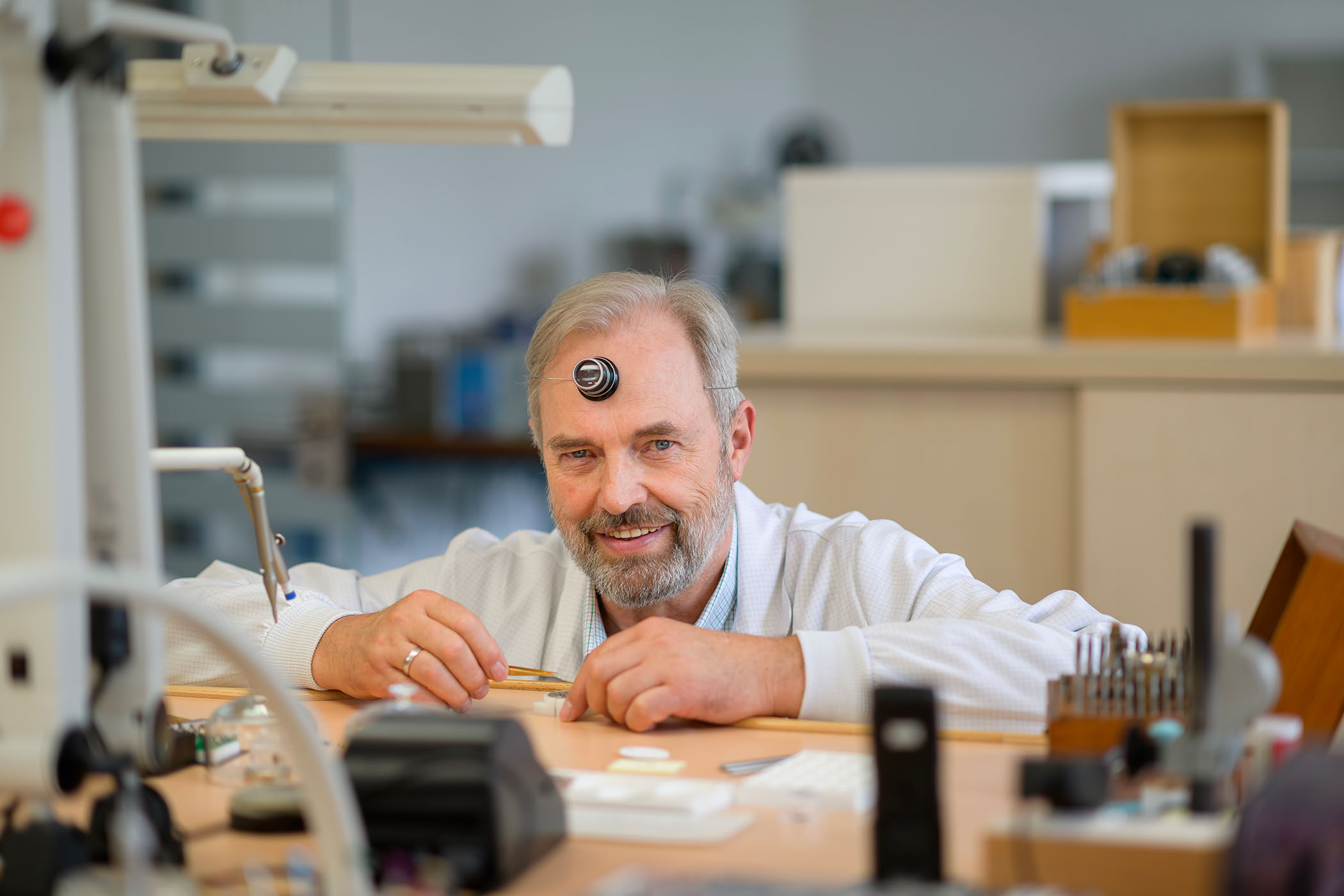
Bernhard Lederer is a technician and practitioner of watchmaking in all its aspects. With 40 years of watchmaking experience under his belt, the German independent watchmaker made a name for himself with several innovative concepts. Now based in Saint-Blaise, on the outskirts of Neuchâtel, he also works behind the scenes for some of the greatest names in the industry. His Central Impulse Chronometer (which was awarded the Innovation Prize at GPHG 2021) is one of the most interesting technical concepts presented recently. Inspired by George Daniels’ Independent Double Wheel Escapement, its escapement is driven by two independent gear trains, each with its own barrel and remontoir d’égalité.
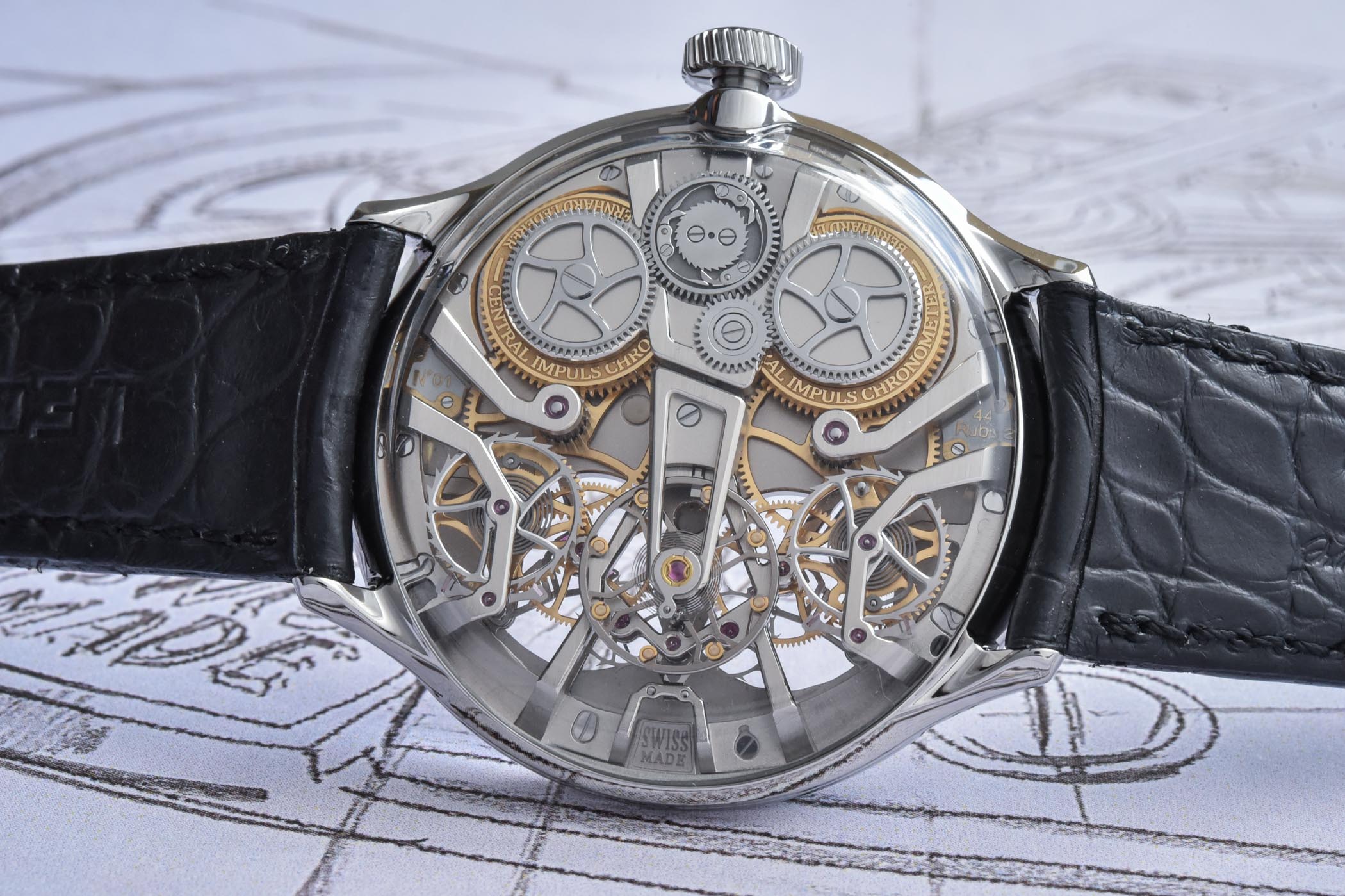
Xavier Markl, MONOCHROME Watches – How did a German boy become one of the most respected independent watchmakers?
Bernhard Lederer – Essentially curiosity; curiosity about the pocket watches I inherited from my grandfathers. I was afraid to damage them, so I went to the library and borrowed books to understand more about these very valuable pocket watches. At least, that was my initial evaluation. I later found out that they were mass-produced. But because they were my grandfathers’ pocket watches, they held special importance and significance. I was about 14 or 15 years old. One thing that immediately fascinated me had to do with one of the first books I read. The author talked about how he became a watch aficionado: as a child, as a reward for a good behaviour, his father would let him open one of the drawers in his cabinet where there was always a watch. He could listen to the watch and guess what type of escapement was inside. It amazed me that you could tell what kind of an escapement a watch had just by the ticking melody. From that time, I wanted to learn everything about watches. This is how it all started.
I started studying watchmaking and dropped out of school just before my high school graduation. My parents were very disappointed and I will never forget their trepidation and the hours they spent trying to convince me to choose a “serious” profession. But I already knew what I wanted to do. This coincided with the period of the quartz crisis. My father told me that he could teach me watchmaking because he knew where the plus and the minus were on a battery, and there was no need to drop out of school for that.
I started learning watchmaking in Wuppertal, in the private watch museum “Abeler”. Unfortunately, this place no longer exists, the museum was sold at auction some years ago. We were seven watchmakers working exclusively on the watches and clocks of the museum. This is where I learned how to make components, to reproduce parts without using a computer (just with a ruler, compass, and millimetre paper), to decorate them by hand and how important precision and accuracy are. After completing my 3-year apprenticeship, I looked around for work. I remember that I wrote exactly 102 application letters and only got three answers. The three answers were all the same: “Sorry, we do not need a watchmaker.”
I started working on my own, taking work from auction houses, antiquarians and private clients. You should know that after completing my apprenticeship, I had to work as a watchmaker for 4 years before I could enter the master watchmaking school and pass the final exam. So, I began to make a living repairing and restoring watches by jumping into deep water and learning how to swim.
The advantage of my three-year apprenticeship at the watch museum was that I never heard that something wasn’t worth doing or that something couldn’t be fixed. It was about learning everything about how the old masters made their timepieces. If they could do something 200 or 300 years ago, why shouldn’t we? You just must look around, search, research, and practice.
How did you start to create your own watches?
Well, seeing all these marvellous timepieces and not being able to afford them made me unhappy. I wanted to have something I could call my own. Then I realized that I was in a fortunate position to make watches myself and started to think about my dream watch.
At the time, I was focused on clocks because you could display the beauty of the mechanism. While working on my masterpiece for school and when the clock was almost finished (it just needed a bit of extra polishing), a customer of mine asked me who had made that nice clock. I explained that I was just finishing it. He was fascinated and asked me if I would be willing to make one for him… but a slightly more complicated one. I thought it over and proposed him extra complications; this is how I got my first order. At that time, I didn’t know that this first clock will have such a great influence on my career.
It’s impossible to cover all your work over the past decades, but what have been your milestone creations?
Everything I made I did entirely myself because this is how I understood watchmaking. I have always believed that every piece should be made by myself, so I have learnt watchmaking from A to Z. Overcoming my own barriers and setting new goals became the motto of my work. Hearing that a task is seemingly impossible attracts my attention.
This is why when I was requested to make a reproduction of the Harrison H4, I declined because I thought that the work would not be enough of a challenge for me.
I wasn’t attracted because I didn’t see much value in redoing something that was already done. And so it has remained to this day. And here, I would like to mention my conversations with George Daniels, which gave me wings and self-confidence. I met him personally at the first exhibition of AHCI in Basel. He was intrigued by my Masterpiece clock with complete perpetual calendar in which George Daniels found himself and his work on Space Traveller 2.
Around of that clock we discussed about navigation, about calculations, about the research and solutions of Harrison and Breguet. I felt that we had a lot in common. It was then that I heard from him that I should go my own way and set the bar high, which was like a blessing for me. I owe him to a large extent, who I am and what I have achieved.
I showed him the first edition of his book Watchmaking, for which I had hitchhiked to London 6 years earlier. The only memento of George Daniels, apart from my memories, is the dedication he wrote on the first page of his book.
Above: Perpetual calendar clock with a millennium calendar that accounts for all leap years (29 February), even those occurring every 400 years (first correction required in 3,200 years). Sidereal and synodic moon indications are accurate for the next 800 years. Indication of the lunar and solar eclipse, gravity escapement, temperature compensation, fusée and chain (1986).
All my works, from the smallest wristwatch to a monumental clock, have been initiated by the challenge of achieving the impossible or the unknown. I am proud that as your watchmaker I was able to create a perpetual calendar that won’t need a correction for 3200 years. The mood indication is accurate for 800 years and the year is displayed with all for digits.
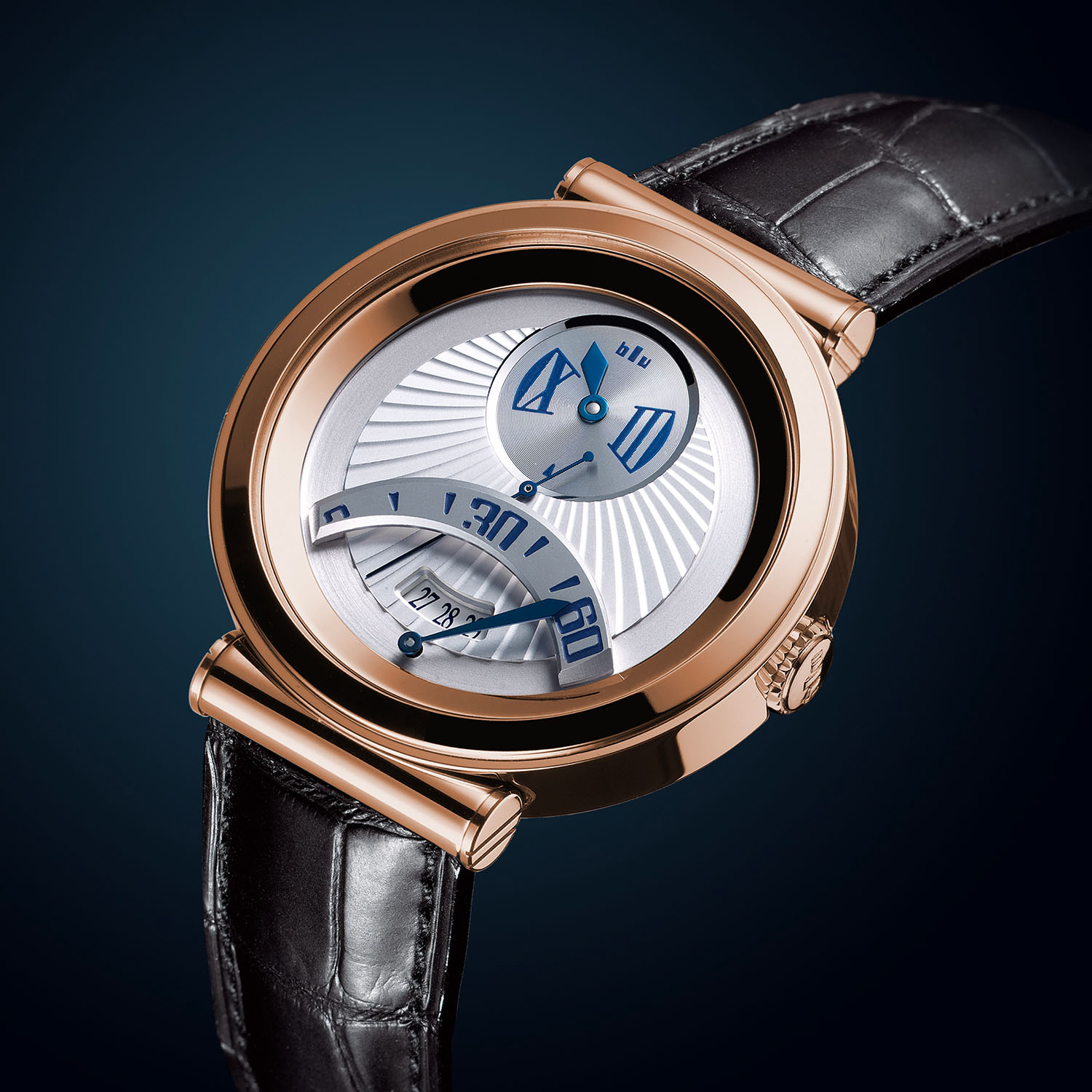
My wristwatch with retrograde indication is another milestone. Many people have made watches with retrograde indications. I wasn’t interested in doing anything in that direction until somebody told me that the problem with this complication is that you cannot set the time counterclockwise. Imagine you are in an aeroplane, and you hear the captain saying, “we are going to land soon; local time is minus two hours”. Are you going to advance the time by 22 hours and then adjust the date for 30 days? This is not very comfortable. That was why I decided to create a watch with a retrograde date indication that you can set counterclockwise with no risk of damaging the movement.

The same goes for the tourbillon. In many respects, a tourbillon is a technical nonsense. It is like a small car pulling a heavy trailer. Tourbillon watches are fragile because of the weight of the cage that needs to be stopped and started. This stop-and-go motion puts an enormous amount of inertia on the tiny ruby pallet. This is why the flying tourbillon was invented in Glashütte as this is possible to make it quite light. I read by chance in an article that Alfred Helwig of Glashütte had an additional idea of building a tourbillon without a cage, meaning without additional weight. I started to study this and made an orbiting 3 Speed tourbillon without cage, the BLU Majesty Tourbillon MT3 containing two flying tourbillons and one semi-flying tourbillon. This was my first completely in-house manufactured wristwatch. I was fascinated because it was working perfectly. Recognition came in 2007 when MT3 won the jury’s prize for the Most Revered Watch – Watch of the Year in Kuala Lumpur, Malaysia.
Another challenge was the Brazil project. Although it was not a watchmaking milestone, rather a machine-building milestone, it was nevertheless a horological request. The question was whether it would be possible to build a tower clock on Brazil’s coastline with a 4-metre-long central seconds hand without a visible counterweight. Everybody in the field refused the project because they had no idea how to achieve this. I had no idea how to calculate wind pressure on the surface of a seconds hand; that’s not something they teach you at watchmaking school!
The technical challenges were extreme as well as the supervision of the Brazilian workers without speaking their language. The full project was successfully completed in 1999 and I returned home to Germany after almost 2 years.
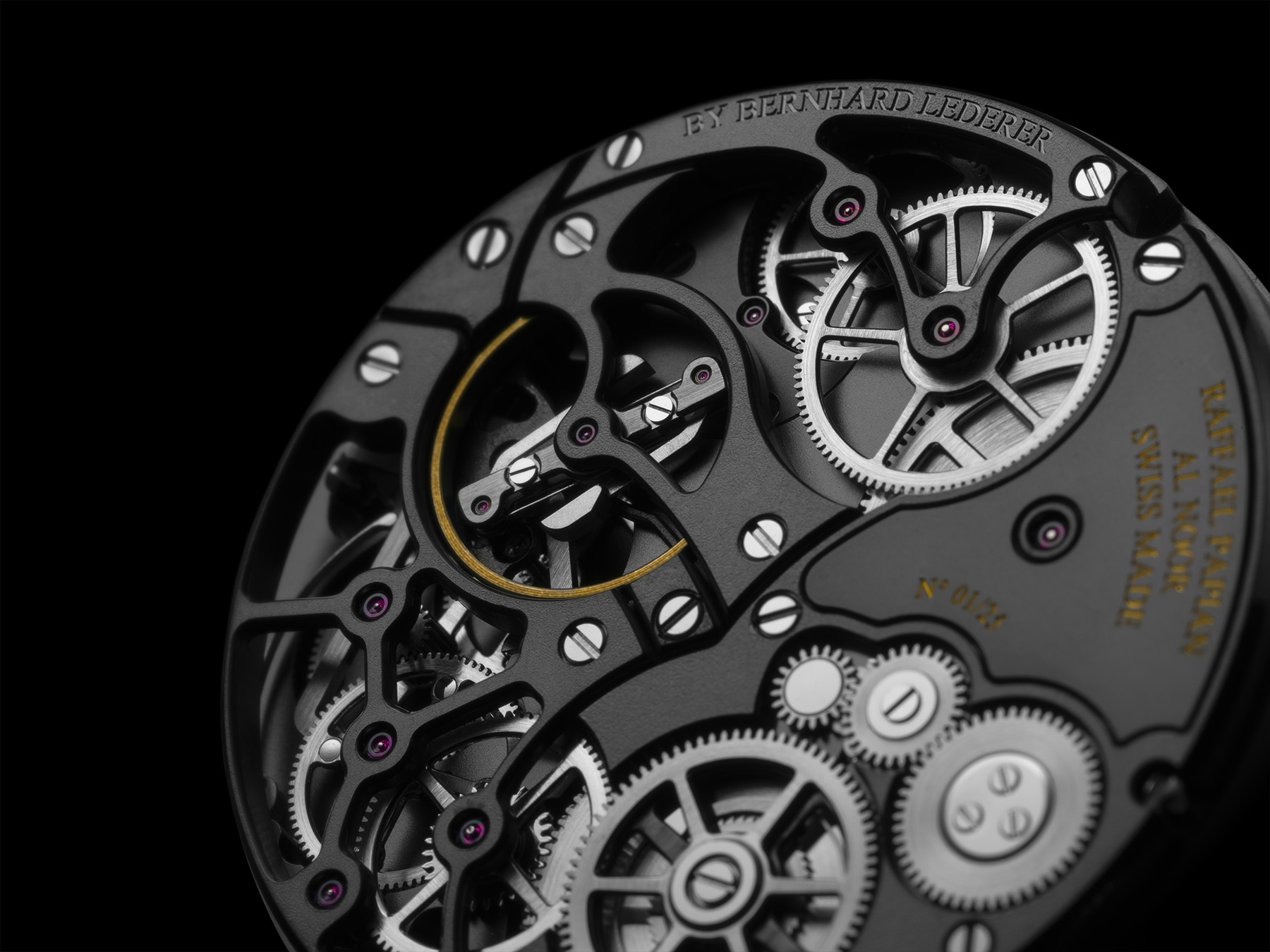
When I learnt that the German Navy had been searching for a completely a-magnetic watch for its combat divers, my first reaction was that they should contact one of the brands renowned for magnetic-resistant watches. In fact, the issue was not just that the watch should keep functioning in a magnetic field, but more importantly, it should not become a magnet itself that sensors on modern sea mines could detect. After a few months of research, I was pretty sure there was a solution. In 2016, we delivered a watch to the German Army that was absolutely paramagnetic. The watch was exposed to magnetic fields of 100,000 Gauss at a university in Belgium and passed the test.
To me, this was a significant achievement that our in-house developed and manufactured movements could withstand such a high magnetic field!

Today we are at MHM, which you created a few years ago. Can you tell us about it?
A few years ago, we developed several movements for an international watch brand. When the job was done, Ewa (Bernhard Lederer’s wife) and I reflected on our next move. We could restart the BLU (Bernhard Lederer Universe) brand, but this corresponded to a specific period in my life. My passion is in developing movements, while BLU focuses on specific displays. We continued to develop movements and technical solutions for other brands. This is why we created MHM, where we design, develop, prototype or manage small production for other brands. We have the capacity to craft nearly all movement parts in-house. We don’t make hairsprings or rubies, except at the prototyping stage. We have about 15 people working with us here now.
So how was the Central Impulse Chronometer project started?
Well, there is a lot of secrecy in the watch industry about suppliers working behind the scene. I thought that I needed to showcase my capabilities with brands as I couldn’t discuss work undertaken for others. Luckily, I had enough work, but there was never the time to fully develop this project. But if the sense of a vitrina was gone still wanted to bring the concept to fruition. The idea was to finally make what I love and what I am best at in watchmaking: developing interesting escapements. This is how we started this collection of new escapements, which debuted with the Central Impulse Chronometer.
The Central Impulse Escapement has been a success, and you received a well-deserved accolade with the Innovation Prize at GPHG. When is the next escapement coming?
Of course, I would not have made the Central Impulse Escapement if there was only to be one watch. The idea is to have a small collection of watches that will come one after another. I am working on presenting Chapter 2 in 2023.
You were one of the first members of the AHCI.
Vincent Calabrese and Svend Andersen founded the AHCI. The idea of the association was to support independent watchmakers by joining forces and exhibiting together at Baselworld. I thought this was an excellent idea, and I was part of it from the debut of the AHCI in Basel. I stayed with the AHCI for many years; then I had my own booth because I was tired of squabbling between members. But I remain a member of the Academy because I think the underlying idea is excellent, and we need this common platform. This is the first year I am exhibiting again with the Academy in Geneva. I am now the Treasurer of the Academy. It is now time to enact the original idea of the AHCI and enhance the collaboration between all independent watchmakers that share this positive energy!
For more information, please read our in-depth article on the Bernhard Lederer Central Impulse Chronometer or visit www.ledererwatches.com.


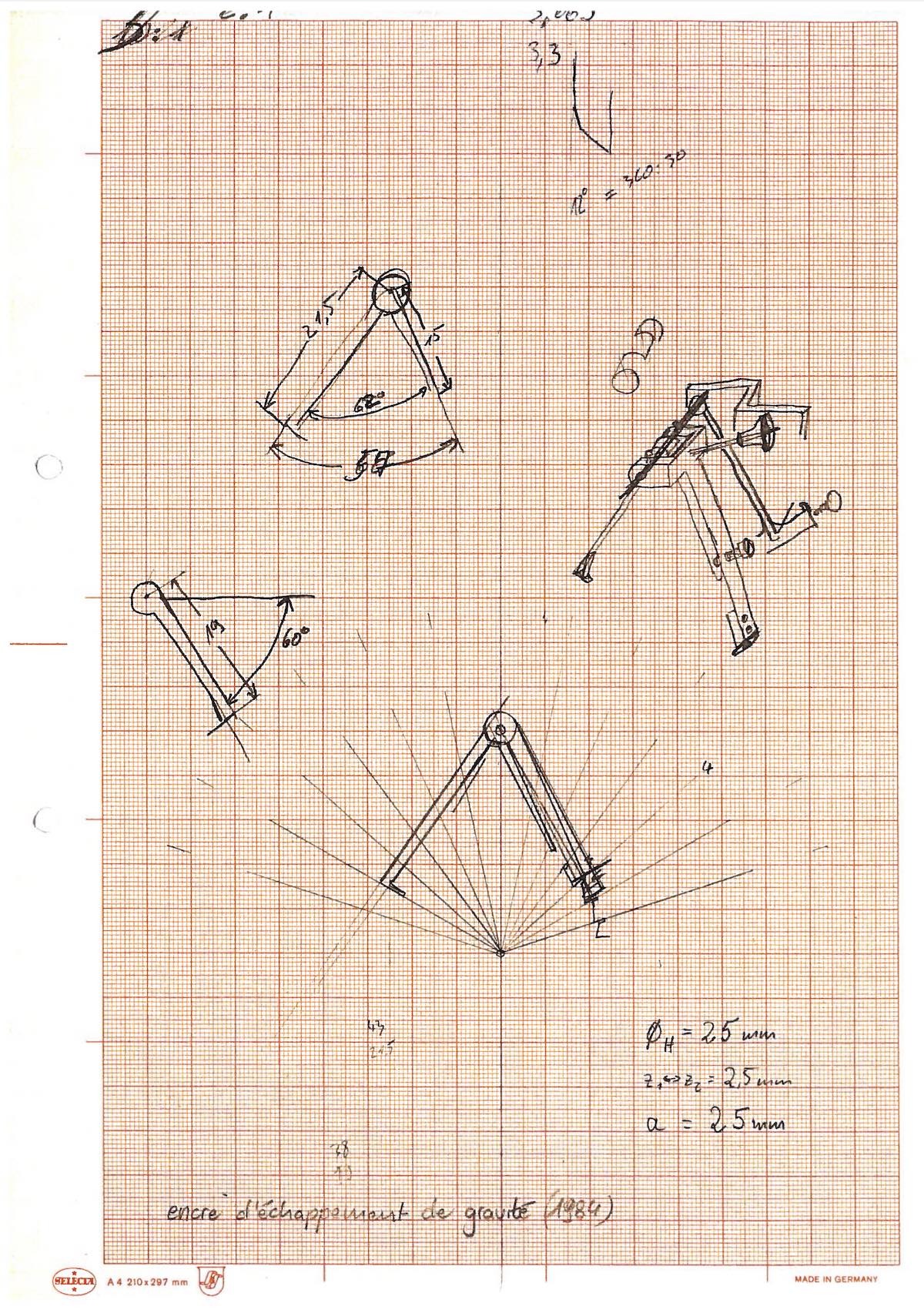
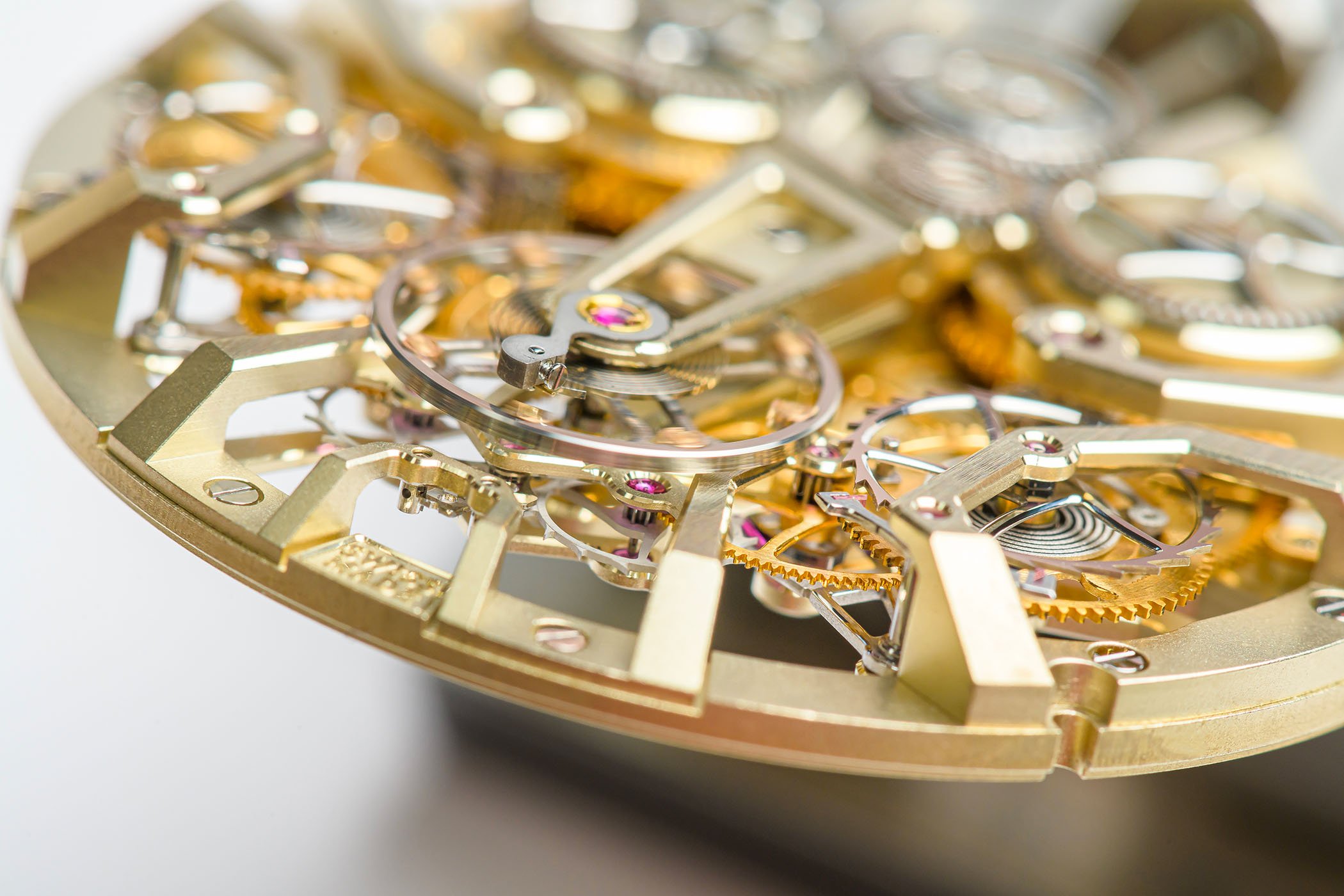
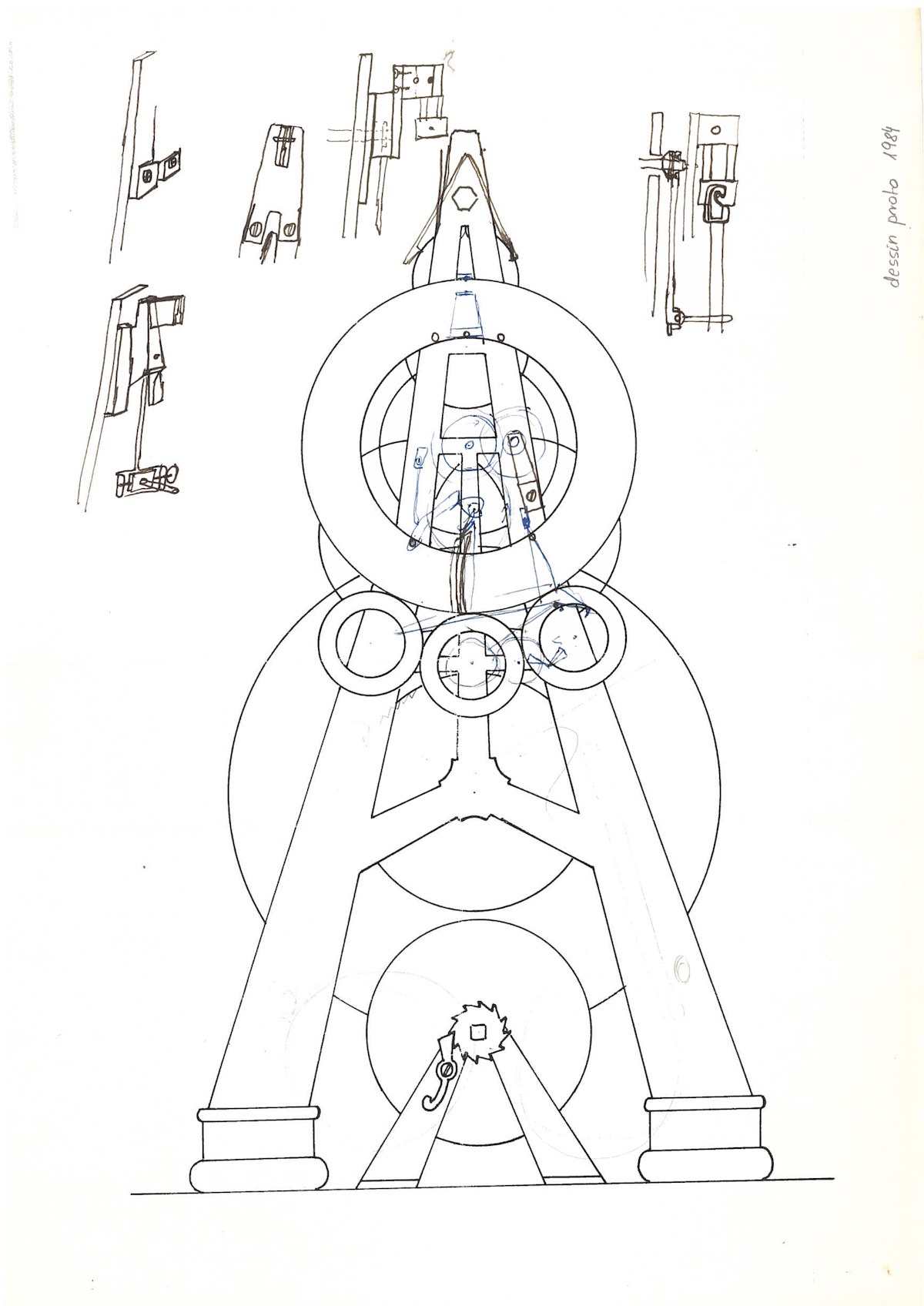

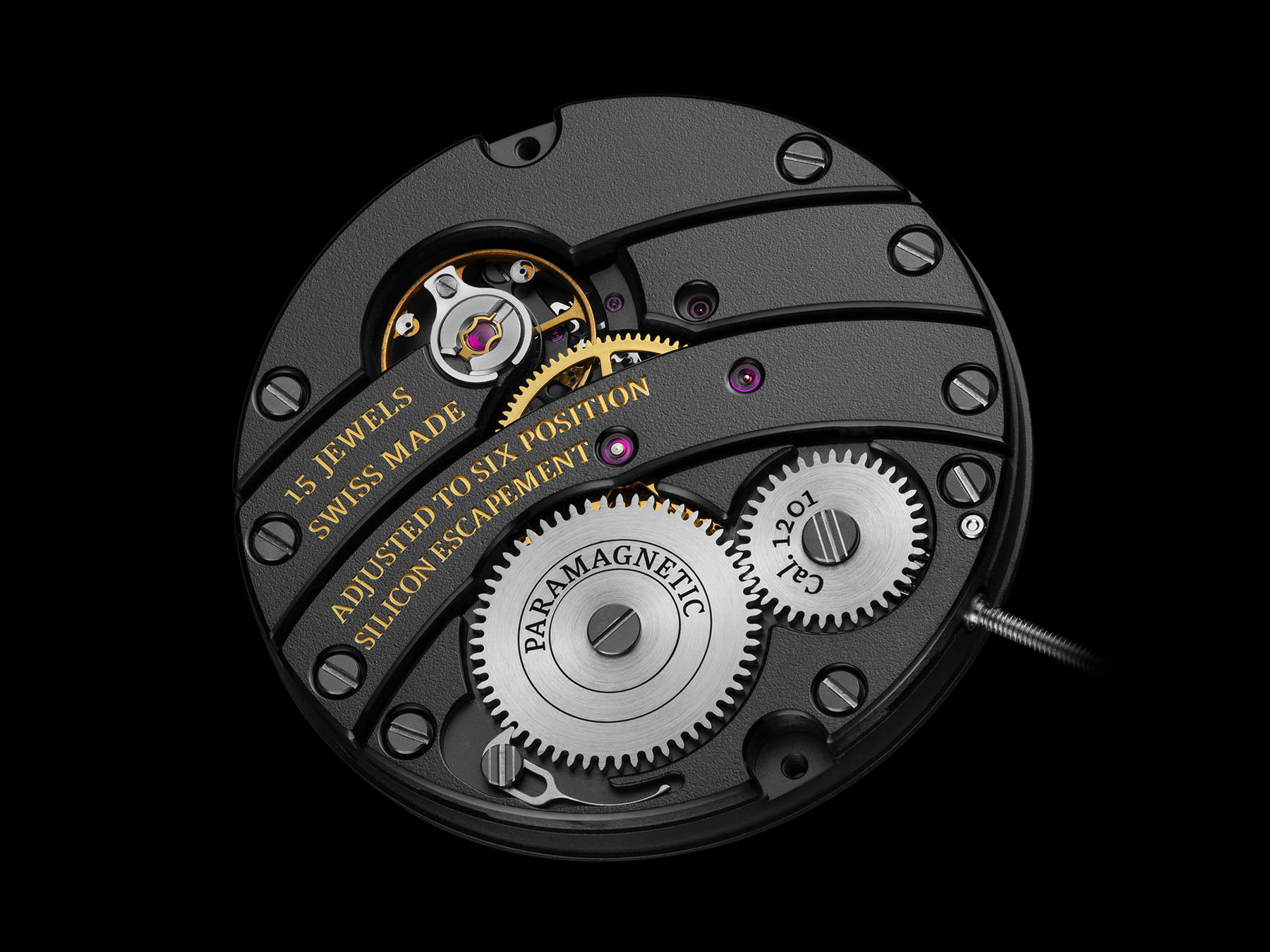
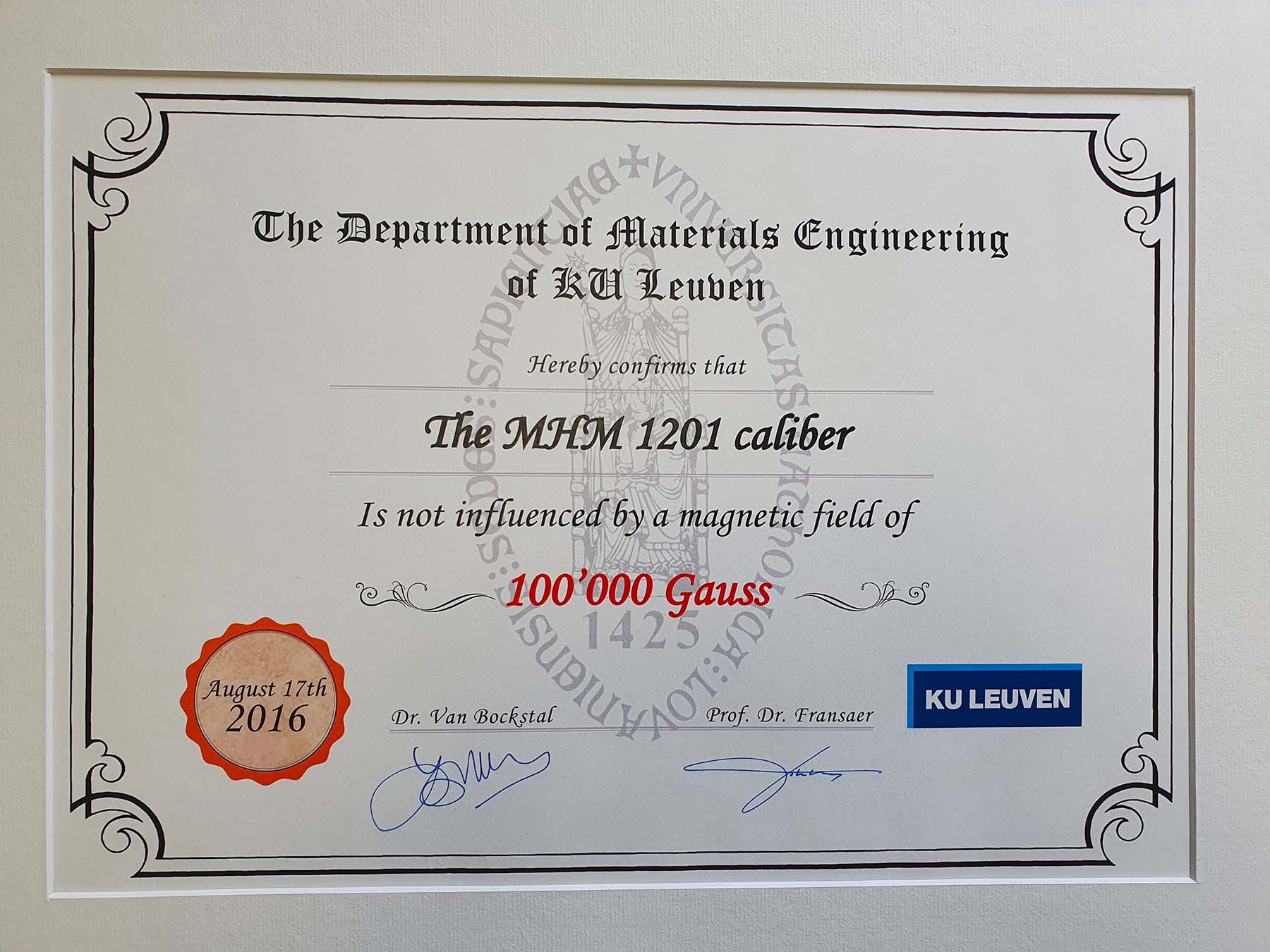
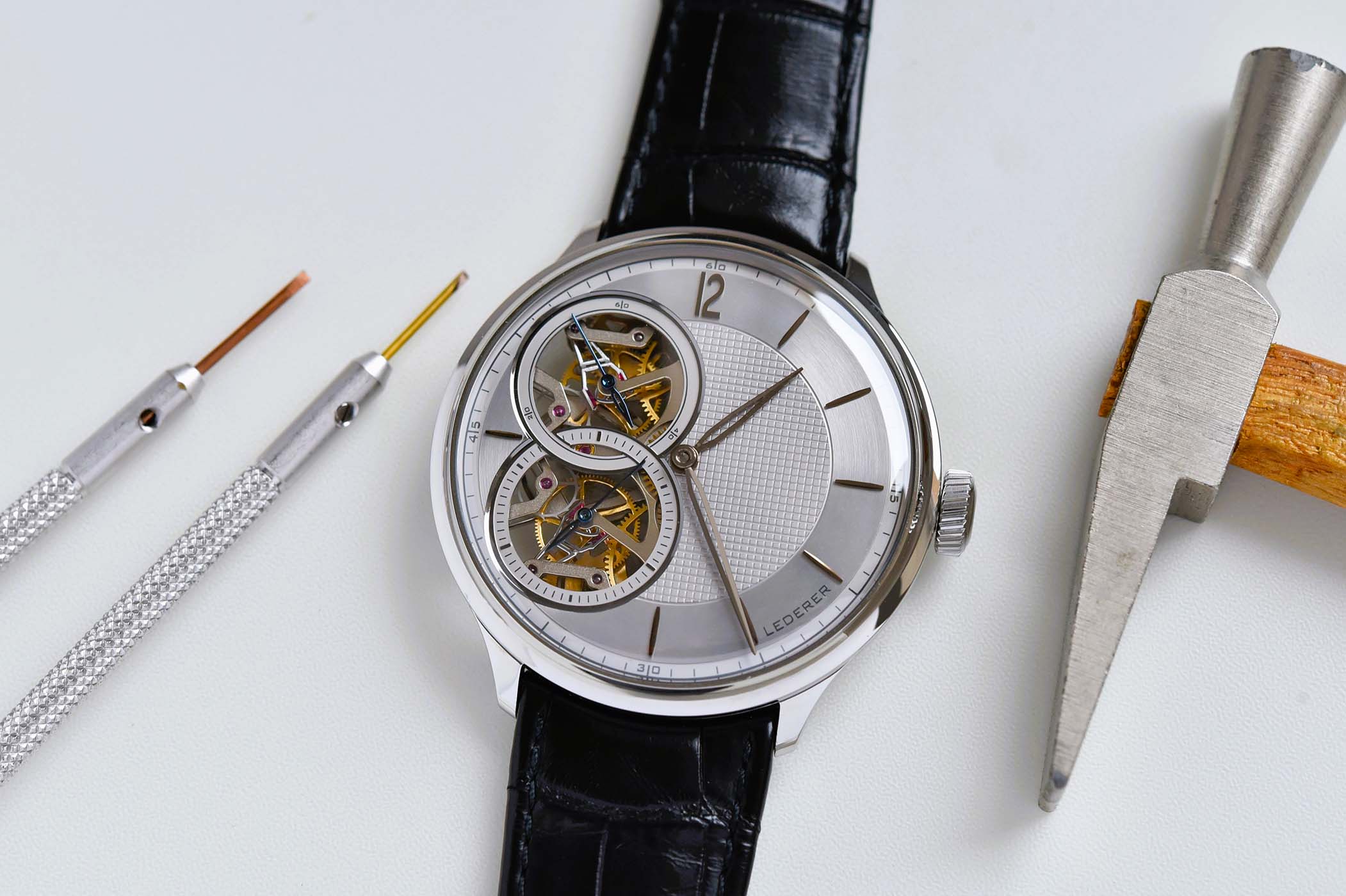
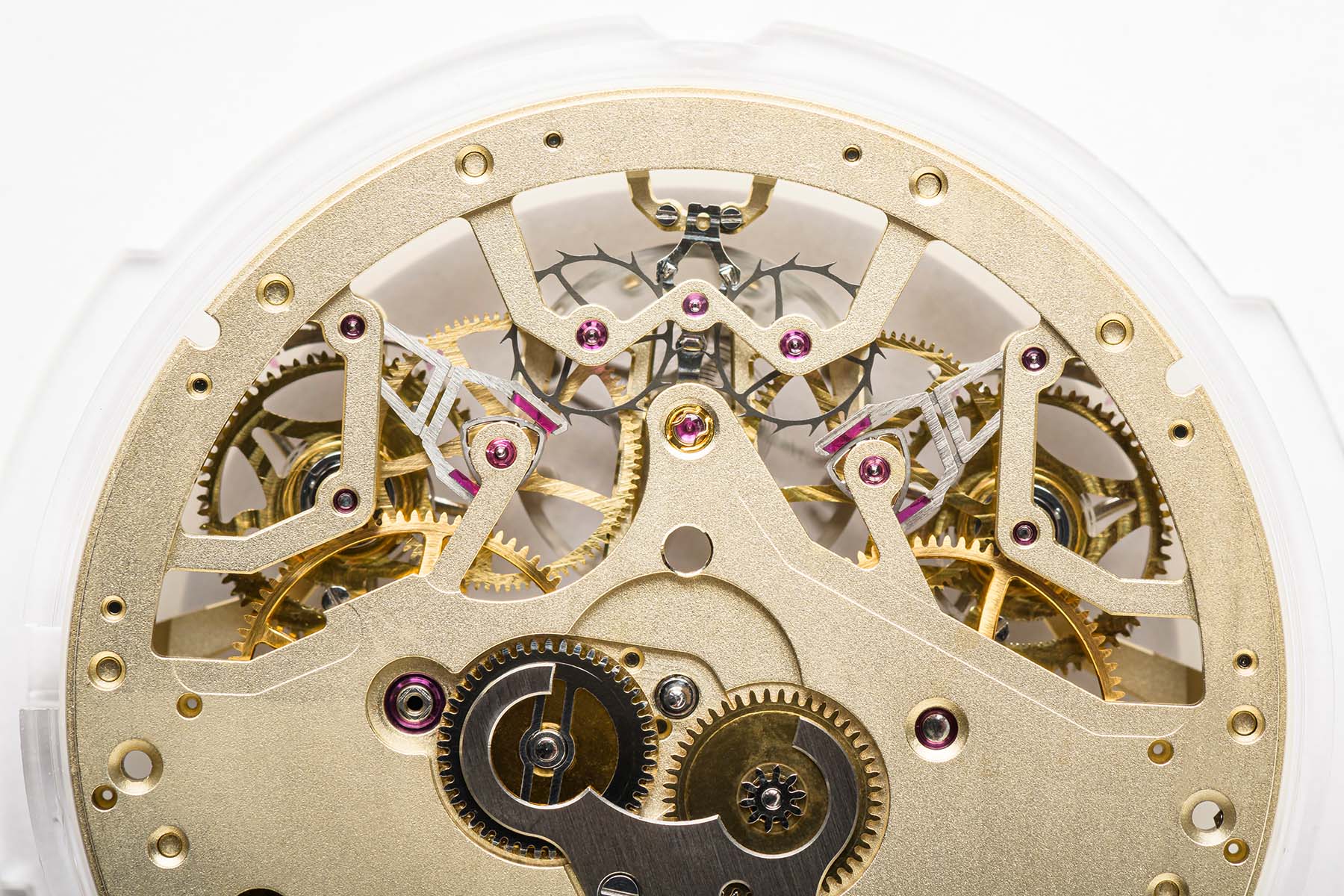
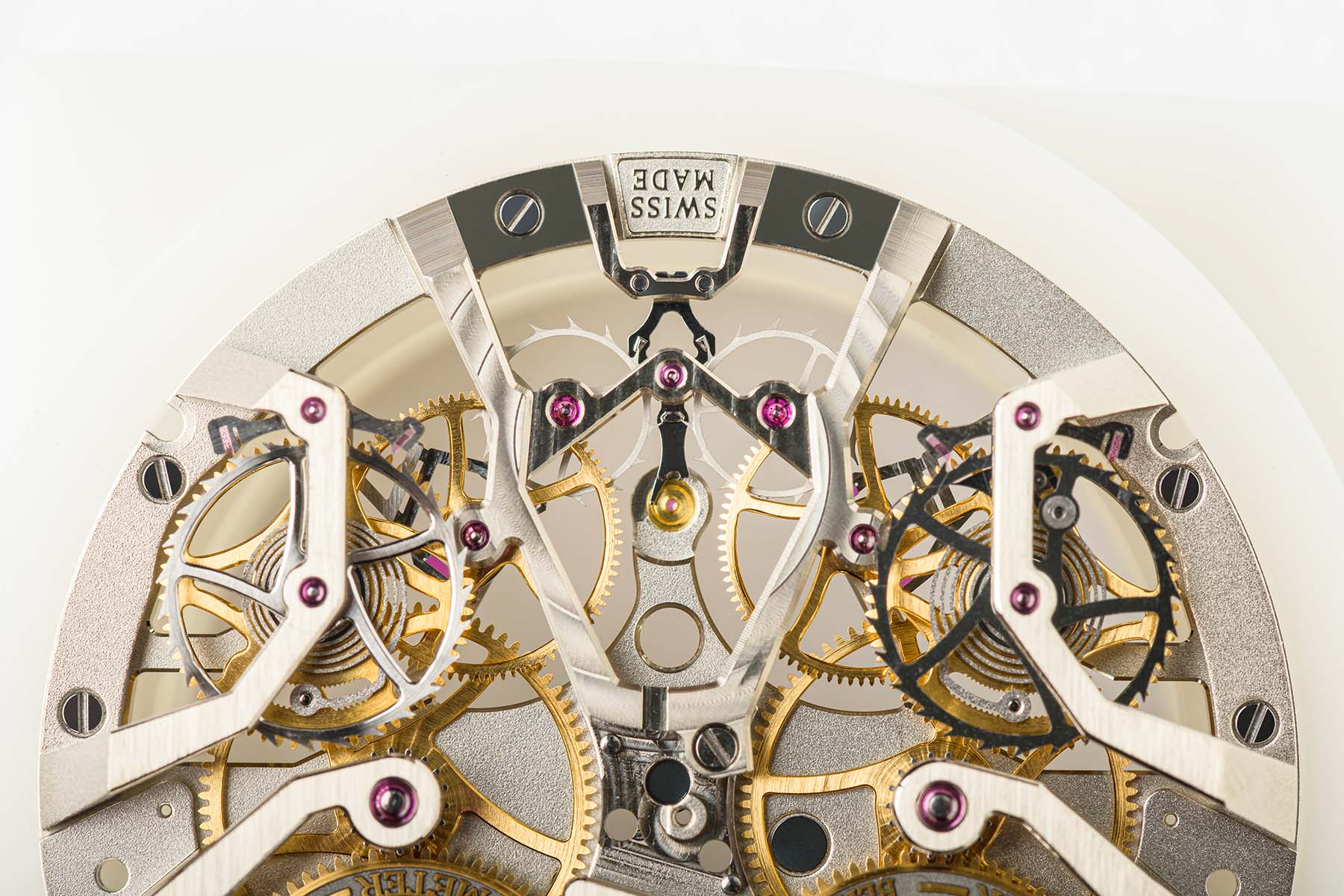
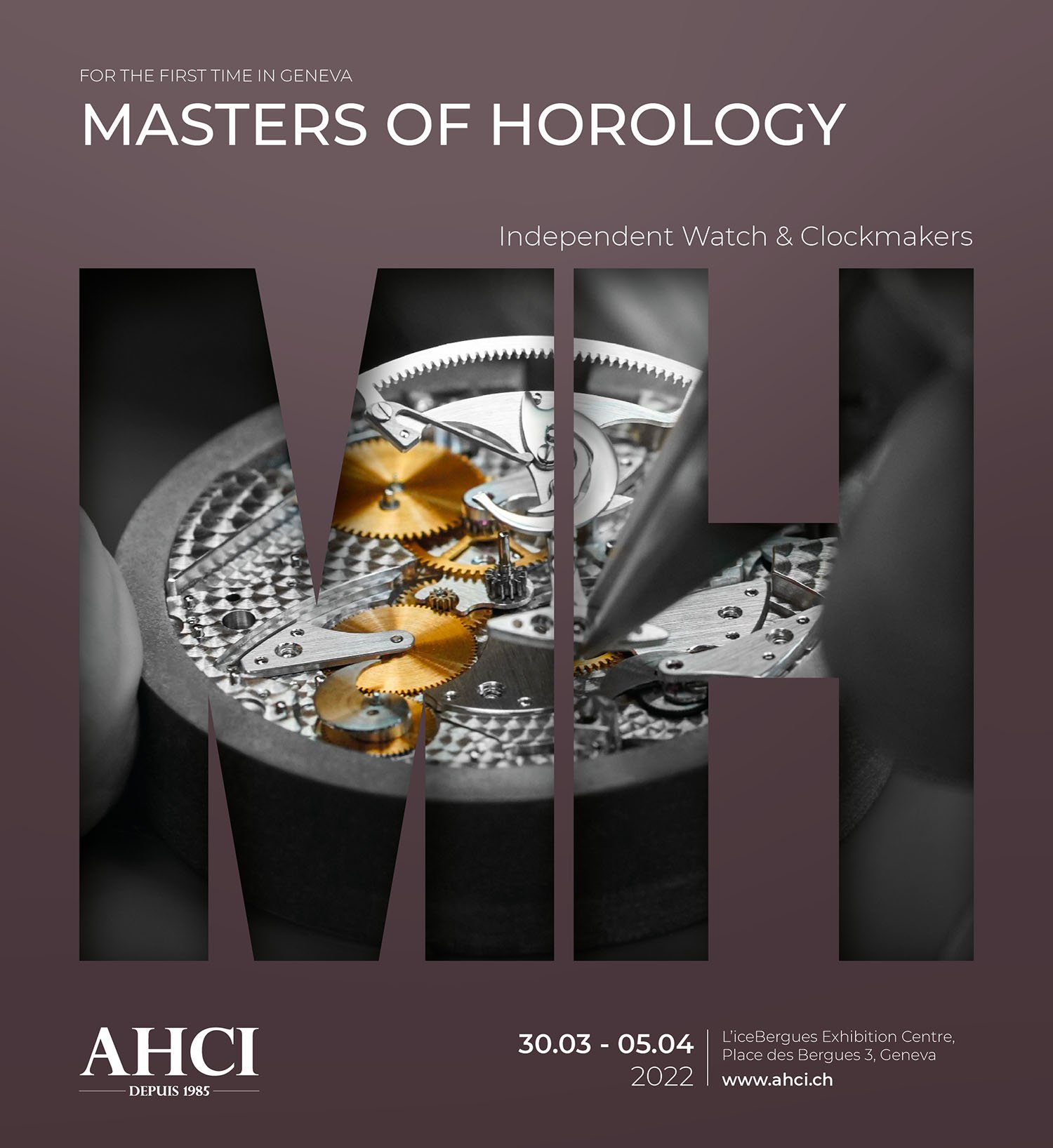
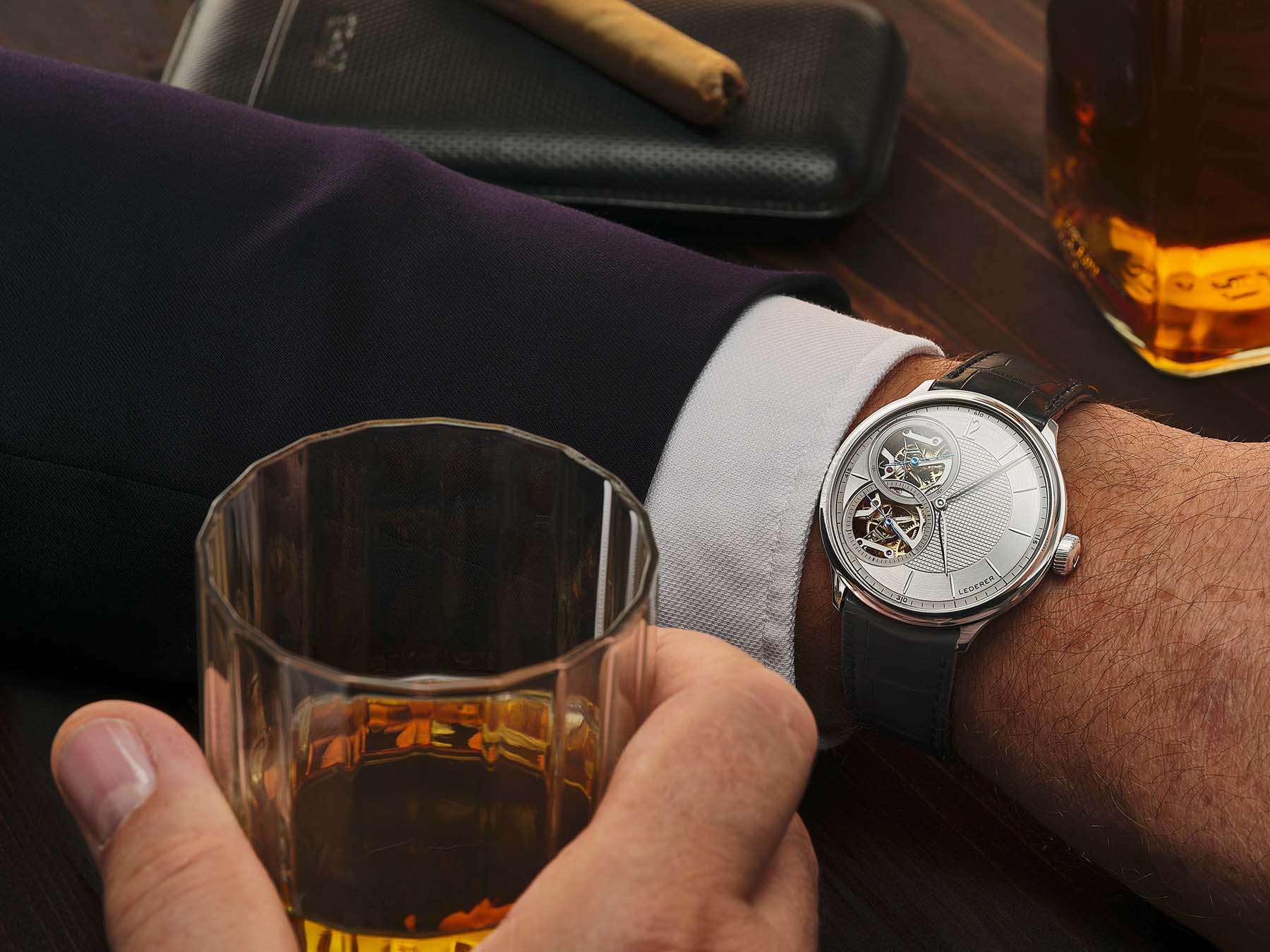



3 responses
Fascinating article
Center Impulse Chronometer? : Center Impulse Escapement? : Chronometer Escapement? I wonder how Mr. Daniels would have told the story – would he have talked about a double impuls chronometer escapent or perhaps a double impuls chronometer wristwatch?
I think it is also a nice gesture of Mr. Lederer not to have taken the job for the H4. Otherwise a obviously less gifted and striving watchmaker wouldn´t had the oportunity to start on rebuilding that one.
Beside all that, for me the new watch of Mr. Lederer is striking in its own way and I am really looking forward to his next one.
Sorry, fist line is “Central” instead of “Center”